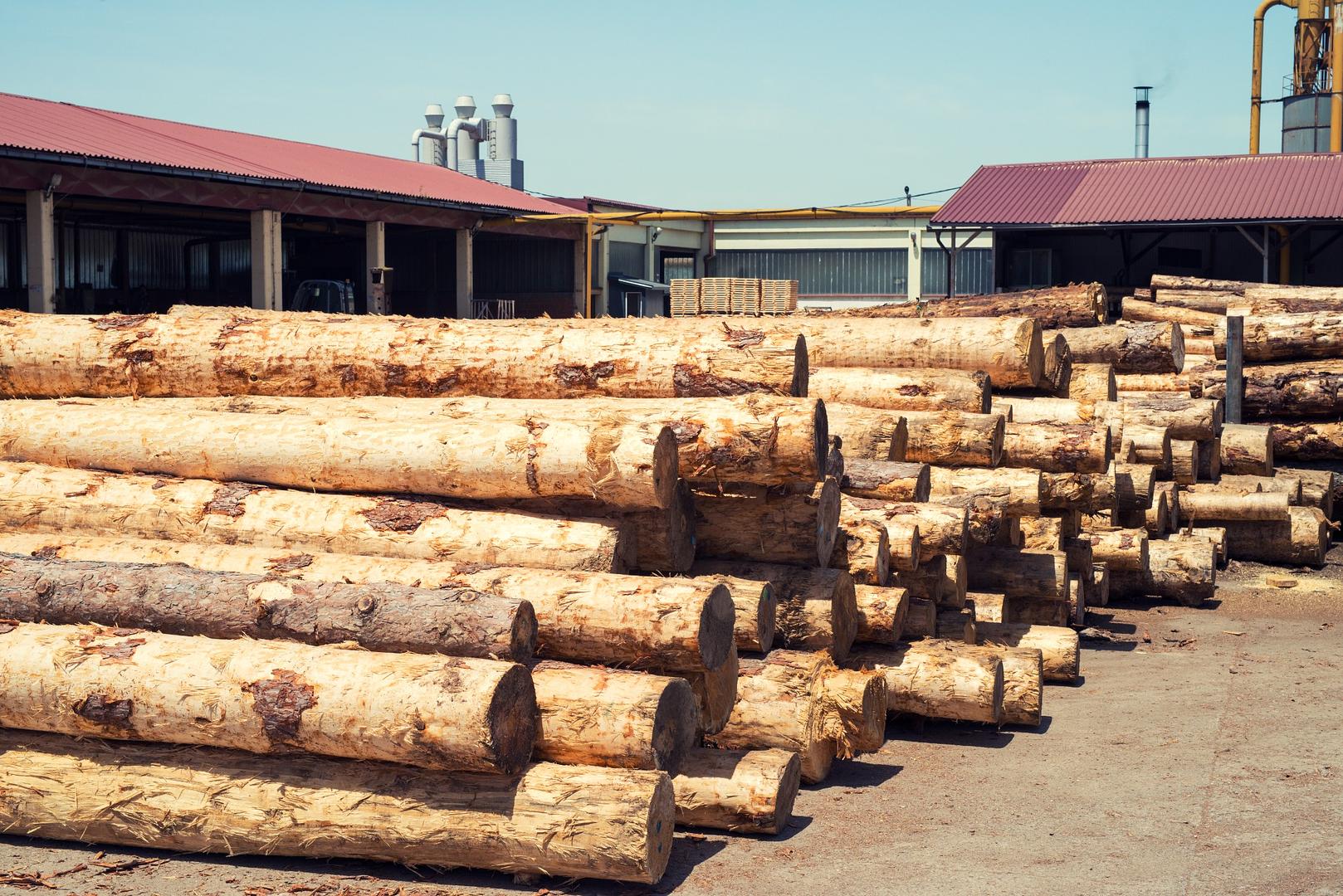Menu
By Wayne Nisley
Sawmills: Adapting to Market Shifts
The global sawmill market is projected to grow from $219.39 billion in 2024 to $570.58 billion by 2033, reflecting a compound annual growth rate (CAGR) of 11.1% . This growth is driven by increased demand for wood products in construction, furniture, and packaging sectors.
However, challenges persist. In regions like Finland, sawmills face subdued demand due to rising raw material costs and decreased exports . Conversely, the U.S. sawmill and wood market is experiencing steady growth, driven by sustainable and engineered wood products, with projections reaching $59.7 billion by 2032.
Forestry: Embracing Sustainability Amid Challenges
The forestry and logging sector is expected to grow from $1,166.47 billion in 2024 to $1,265.2 billion in 2025, at a CAGR of 8.5%. This growth is attributed to increased construction of wooden buildings, adoption of automated forestry management, and rising demand for biomass and wooden furniture.
Sustainability is at the forefront, with initiatives like the Sustainable Forestry Initiative (SFI) promoting responsible forest management practices. However, challenges such as forest degradation and the need for reforestation remain pressing concerns.

Pallets: Stability and Innovation in Logistics
The global pallet market is projected to grow from $34.87 billion in 2024 to $46.8 billion by 2033, at a CAGR of 3.7% . This growth is driven by increased manufacturing activity and the expansion of logistics networks. Wooden pallets remain dominant, accounting for a significant share of the market. However, there's a notable shift towards sustainable and reusable pallet solutions, with companies like CHEP leading the way in equipment pooling and circular economy practices.
Trade Policies: Navigating Tariff Impacts
Recent trade policies have introduced new dynamics. For instance, U.S. tariffs on Canadian lumber remain at 14.54%, with potential increases anticipated . These tariffs have led to shifts in supply chains and pricing structures. Industry experts express concerns over the unpredictability of these policies. As one executive noted, "The market won’t clear without that supply... U.S. consumption can’t suddenly eliminate its 14 BBF import dependency, even with depressed demand."
Logistics: Fuel Prices Offer Breathing Room
One bright spot for 2025 is the drop in fuel prices. As diesel and gas costs trend downward, transportation becomes more affordable for exporters, pallet recyclers, and mills shipping finished goods. This softens the blow of higher tariffs and raw material costs, and gives U.S.-based operations a bit more flexibility in freight-heavy supply chains.
Looking Ahead
As we progress through 2025, the sawmill, forestry, and pallet industries are poised for growth, driven by sustainability initiatives, technological advancements, and evolving market demands. Stakeholders must navigate challenges such as resource management, environmental concerns, and shifting consumer preferences to capitalize on emerging opportunities.
For more insights and industry updates, stay tuned to EquipmentEdge.

